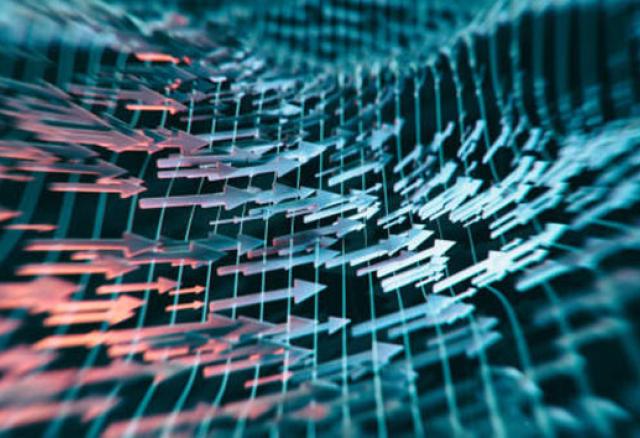Webinars and Blog Posts in the Field of Signal Processing: December 2023
The Signal Processing Society (SPS) conducts webinars presented by professionals in the field of signal processing and related technologies on an…
Read moreWebinars and Blog Posts in the Field of Signal Processing: November 2023
The Signal Processing Society (SPS) conducts webinars presented by professionals in the field of signal processing and related technologies on an…
Read moreWebinars and Blog Posts in the Field of Signal Processing: October 2023
The Signal Processing Society (SPS) conducts webinars presented by professionals in the field of signal processing and related technologies on an…
Read moreWebinars and Blog Posts in the Field of Signal Processing: September 2023
The Signal Processing Society (SPS) conducts webinars presented by professionals in the field of signal processing and related technologies on an…
Read moreSPS Blog Post: An Echo in Time: Tracing the Evolution of Beamforming Algorithms
Beamforming is a widely used signal processing technique to steer, shape, and focus an electromagnetic wave using an array of sensors toward a…
Read moreWebinars and Blog Posts in the Field of Signal Processing: August 2023
The Signal Processing Society (SPS) conducts webinars presented by professionals in the field of signal processing and related technologies on an…
Read moreWebinars and Blog Posts in the field of Signal Processing: July 2023
The Signal Processing Society (SPS) conducts webinars presented by professionals in the field of signal processing and related technologies on an…
Read moreWebinars in the field of Signal Processing: April 2023
The Signal Processing Society (SPS) conducts webinars presented by professionals in the field of signal processing and related technologies on an…
Read moreWebinars in the field of Signal Processing: March 2023
The Signal Processing Society (SPS) conducts webinars presented by professionals in the field of signal processing and related technologies on an…
Read moreSPS BISP TC Webinar: 14 February 2023, presented by Dr. Anubha Gupta
Radial sampling pattern is an important signal acquisition strategy in magnetic resonance imaging (MRI) owing to better immunity to motion-induced…
Read more




